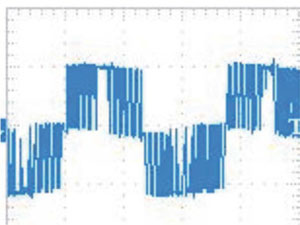Hello All,
So beginning assembly on a new project, and it just occurred to me that I don't have a transformer for the servo drive that I just bought.
It uses 200AC(which sucks btw), so luckily I do have 480 3ph at the machine, but I need a step down transformer so that I can get my 200-220 instead of running a bunch of conduit and what not.
I don't have one on the shelf, so it will require ordering. I then realized that I do have a cheap SEW .75kw drive sitting on my desk that I've not used for anything yet, and Was wondering if anyone had ever tried using one basically as a transformer to supply another device?
I want to try this out for science, but I'm thinking it will be on a cheaper device.
feel free to call me an idiot or whatever you feel best demonstrates your point.
So beginning assembly on a new project, and it just occurred to me that I don't have a transformer for the servo drive that I just bought.
It uses 200AC(which sucks btw), so luckily I do have 480 3ph at the machine, but I need a step down transformer so that I can get my 200-220 instead of running a bunch of conduit and what not.
I don't have one on the shelf, so it will require ordering. I then realized that I do have a cheap SEW .75kw drive sitting on my desk that I've not used for anything yet, and Was wondering if anyone had ever tried using one basically as a transformer to supply another device?
I want to try this out for science, but I'm thinking it will be on a cheaper device.
feel free to call me an idiot or whatever you feel best demonstrates your point.



